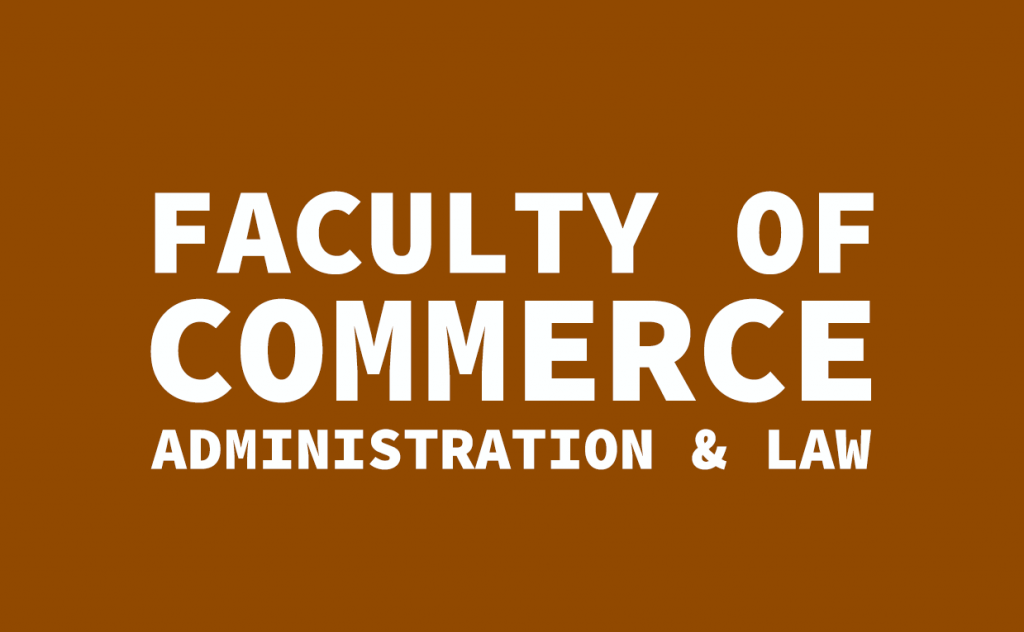International Day for the Preservation of the Ozone Layer – 16 September

Stratospheric ozone (O3) that is found at an altitude between approximately 13 and 48 km above the Earth’s surface, forms a layer (ozone layer) that serves as a “sunscreen” for the world by shielding the Earth’s surface from harmful ultraviolet radiation UV-B. UV-B is a portion of the radiation from the sun that is linked to many harmful effects including skin cancers, cataracts, biogeochemical cycles, and harm to some crops and marine life.
This stratospheric ozone is a molecule that contains three oxygen atoms, and at any given time, it is formed naturally and also destroyed naturally through its interaction with UV radiation. The process of the natural formation and destruction of ozone is expected to be at equilibrium. However, the equilibrium state of the process is disturbed by the release of chemical compounds containing gaseous chlorine or bromine from industries and other human activities.
These compounds are called ozone-depleting substances (ODS), and ODSs that release chlorine include chlorofluorocarbons (CFCs), hydrochlorofluorocarbons (HCFCs), carbon tetrachloride, and methyl chloroform, and those that release bromine include methyl bromide and halons. The signature of the destruction of stratospheric ozone is more prominent in the polar regions, especially in the Southern Hemisphere over Antarctica. This was reported for the first time in 1985, where evidence of a large “ozone hole” was discovered above Antarctica during the spring months.
Thanks to the Montreal Protocol on Substances that Deplete the Ozone Layer which was agreed to on September 16, 1987, and implemented a few years later, the Equivalent Effective Stratospheric Chlorine (EESC) declined by 10% in the polar regions and about 15% in the mid-latitudes from its reference value by year 2012. This reduction is equivalent to about 40% of the reduction required for EESC in the mid-latitudes to return to the 1980 reference value, and about 20% of the reduction required for EESC in the polar regions to reach the reference value again in 1980. Thus, to a certain extent, the Montreal Protocol and its subsequent amendments saved a massive depletion of Earth’s ozone layer.
The early and prescient understanding that ODSs were responsible for polar ozone depletion which was largely supported by laboratory studies and observations (ground-based, satellite and airborne) and models played a vital role in the successful implementation of the Montreal Protocol. The recovery of the ozone layer is “good news”, but there are concerns due to the very slow pace of the recovery which is primarily due to the slow rate at which ODSs are removed from the atmosphere by natural processes. Moreover, a study in early 2018 reported that ozone in the lower stratosphere has dropped since 1998. Another study in 2019 pointed out possible ongoing violations of the Montreal agreement by some powerhouse countries. This is problematic because it means some of the countries of the world are still unknowingly/knowingly releasing harmful gases or substances that are less damaging but still harmful to ozone into the atmosphere.
By: Nkanyiso Mbatha (PhD: Atmospheric Physics)














Leave a Reply